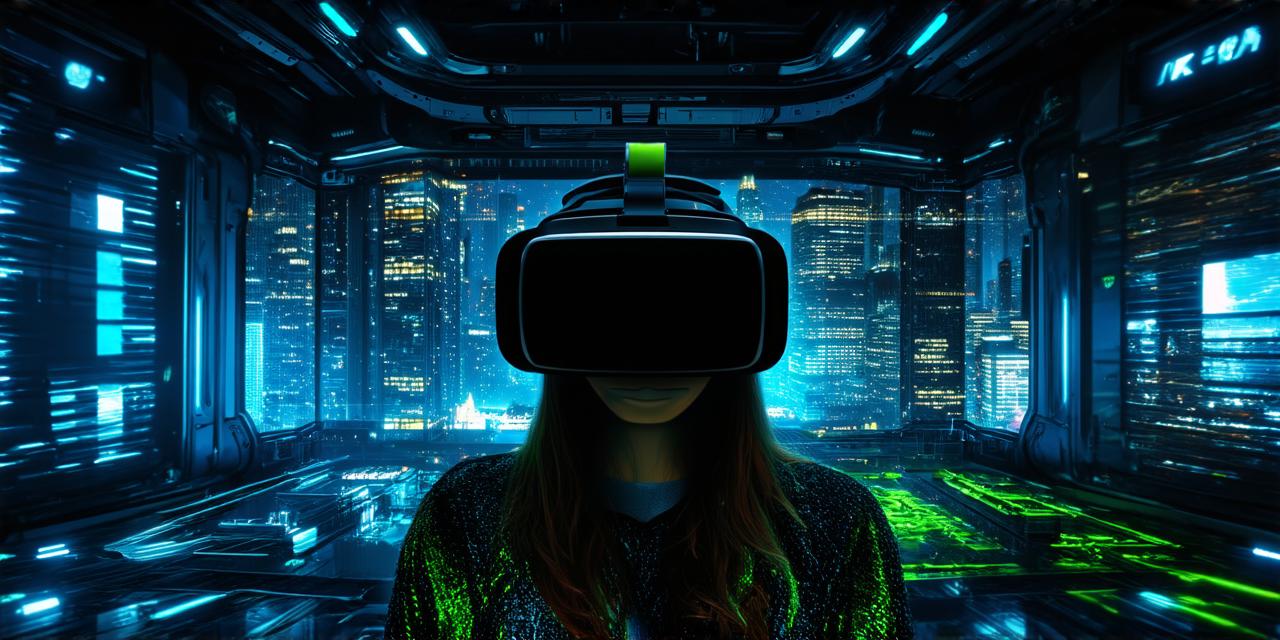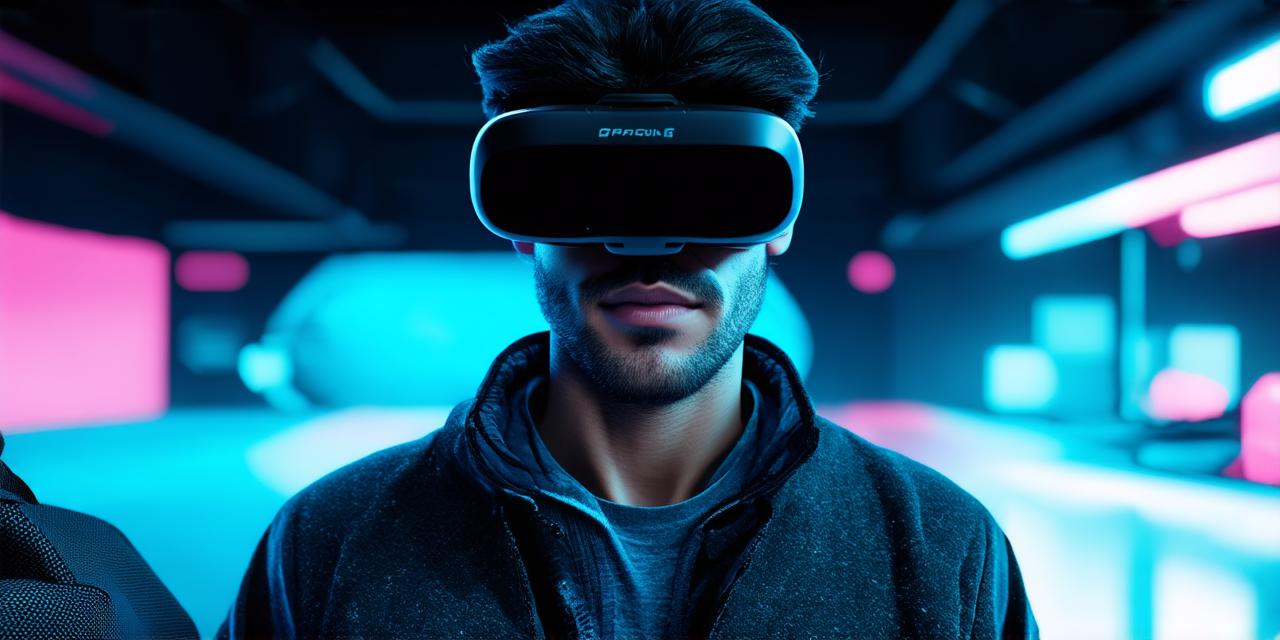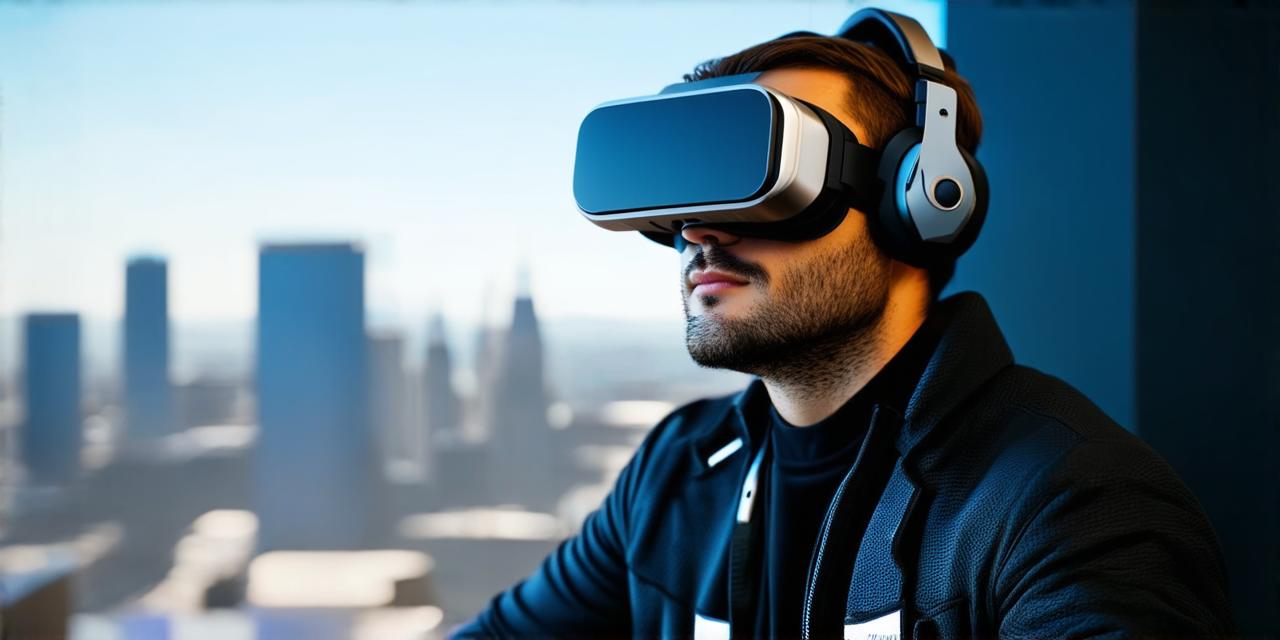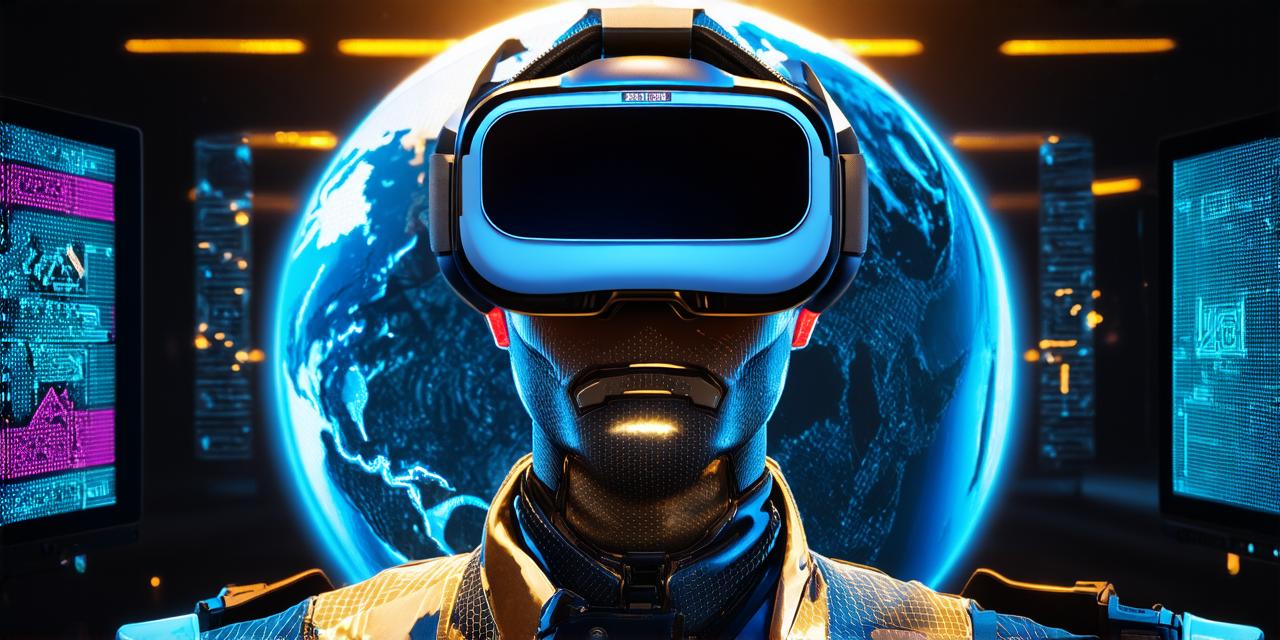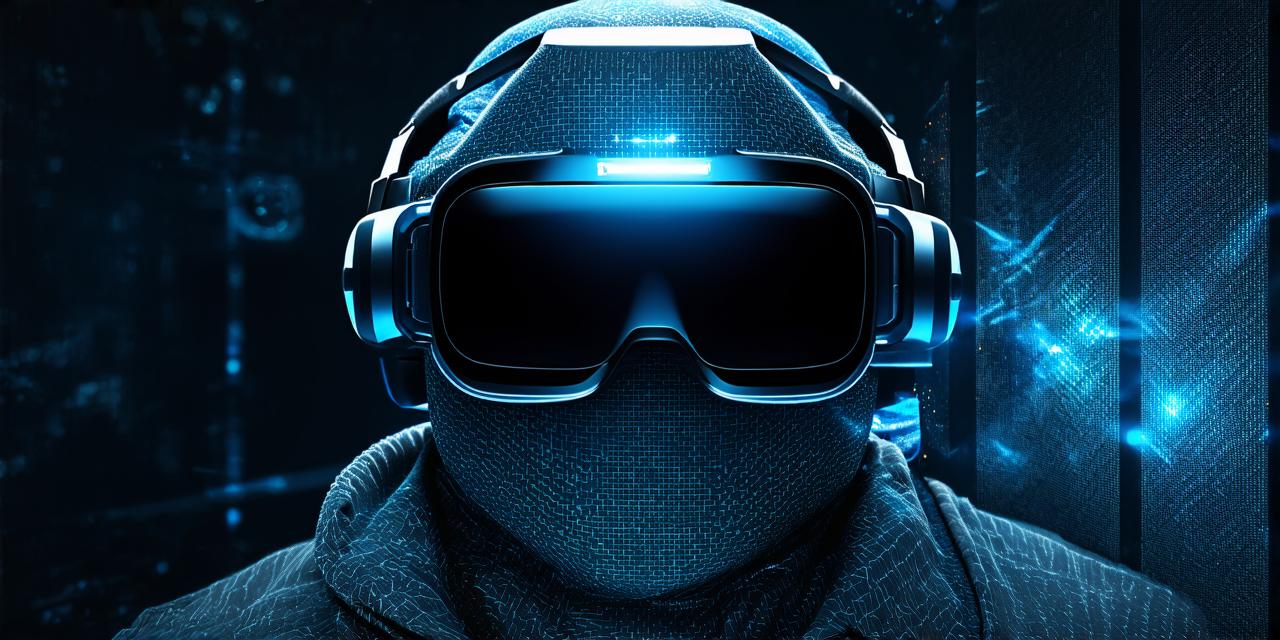Virtual reality (VR) is an immersive technology that has gained significant traction in recent years. As the world continues to evolve, virtual reality is being adopted by various industries, including gaming, education, healthcare, and more.
Understanding Virtual Reality
Virtual reality technology simulates an environment that is similar to or completely different from the real world. It immerses users in a digital world where they can interact with objects and experiences in a way that was previously impossible. The VR experience can be achieved through various devices, including headsets, gloves, and sensors, which track user movement and provide a realistic sensation of being in a different environment.
The Impact of Virtual Reality on Individuals
Virtual reality technology has numerous benefits for individuals, both mentally and physically. For example, VR can help reduce anxiety and stress by providing a safe and controlled environment to confront fears and phobias. It can also be used in therapy sessions to treat conditions such as PTSD, depression, and autism. Additionally, VR can improve cognitive function and memory retention by challenging the brain to process information in new ways.
The Impact of Virtual Reality on Society
Virtual reality technology has the potential to revolutionize various industries, including gaming, education, healthcare, and more. For example, in the gaming industry, VR can provide players with a more immersive and interactive experience. This technology can also be used to create new forms of entertainment, such as virtual concerts and movies.
The Impact of Virtual Reality on Society (continued)
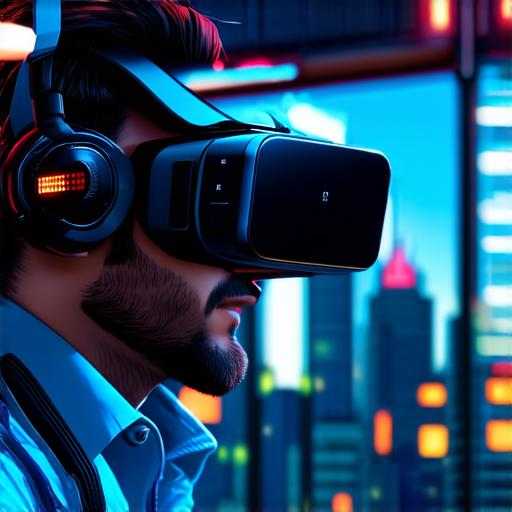
In the education sector, VR can help bridge the gap between theory and practical application by allowing students to experience real-world scenarios in a safe and controlled environment. For example, medical students can use VR to practice surgeries and emergency procedures, while engineering students can simulate complex construction projects.
The Impact of Virtual Reality on Society (continued)
Virtual reality can also have a significant impact on healthcare, particularly in the areas of training and treatment. By providing healthcare professionals with a realistic simulation of patient scenarios, VR can help improve their skills and prepare them for real-world situations. Additionally, virtual reality technology can be used to treat conditions such as PTSD, depression, and anxiety by providing patients with a controlled environment to confront their fears and phobias.
Implications for AR Developers
Virtual reality is a rapidly evolving technology that presents numerous opportunities for AR developers. By integrating VR into AR applications, developers can create more immersive and interactive experiences for users. For example, AR games can use VR to provide players with a more engaging and immersive experience, while AR education applications can use VR to simulate real-world scenarios in a safe and controlled environment.
Implications for AR Developers (continued)
Additionally, virtual reality technology can be used to enhance the user experience of AR applications by providing users with a more realistic sense of presence in the digital world. By using VR headsets and other sensors, developers can create more immersive experiences that engage users on a deeper level.
Case Studies and Personal Experiences
Virtual reality technology has already been adopted by various industries, providing valuable insights into its potential impact. For example, in the gaming industry, VR headsets such as the Oculus Rift and HTC Vive have gained significant traction among gamers. These devices provide users with a highly immersive experience, allowing them to interact with games in ways that were previously impossible.
Case Studies and Personal Experiences (continued)
In the education sector, virtual reality technology has been used to simulate complex scenarios in subjects such as biology, physics, and engineering. For example, the AnatomJS website provides users with an interactive 3D model of the human body, allowing them to explore its various systems and functions in a safe and controlled environment.
Case Studies and Personal Experiences (continued)
Virtual reality technology has also been used in healthcare to treat conditions such as PTSD, depression, and anxiety. The PTSD Treatment Center at Emory University uses VR therapy to expose patients to their fears and phobias in a controlled environment, helping them overcome their anxieties and improve their quality of life.
Research and Experiments
Numerous studies have been conducted on the effects of virtual reality technology on individuals and society as a whole. For example, a study published in the journal Frontiers in Human Neuroscience found that VR exposure can help reduce anxiety and stress by modulating activity in the amygdala, the brain’s primary center for processing emotional stimuli.
Research and Experiments (continued)
Another study published in the Journal of Medical Internet Research found that virtual reality technology can be used to treat conditions such as PTSD, depression, and anxiety by exposing patients to their fears and phobias in a controlled environment.
FAQs
Virtual reality technology immerses users in a digital world, while augmented reality (AR) technology overlays digital content onto the real world. VR technology works by using sensors and headsets to track user movement and provide a realistic sense of presence in a digital world.
FAQs (continued)
Virtual reality technology can be integrated into AR applications to provide users with a more immersive and interactive experience. Some potential drawbacks of VR technology include motion sickness, eye strain, and the risk of injury due to tripping or bumping into objects in the virtual environment.
Conclusion
Virtual reality technology has numerous benefits for individuals and society as a whole. From reducing anxiety and stress to improving cognitive function and memory retention, VR can have a significant impact on various aspects of our lives. For AR developers, virtual reality presents numerous opportunities to create more immersive and interactive experiences for users. As this technology continues to evolve, it will undoubtedly play an increasingly important role in shaping the future of augmented reality.
